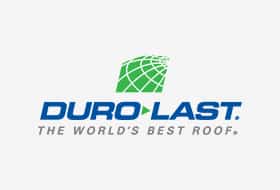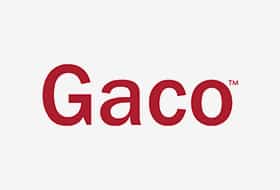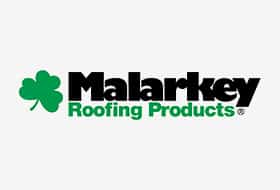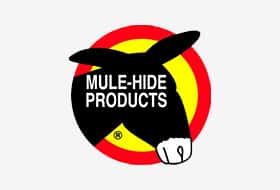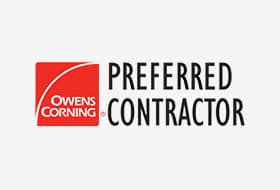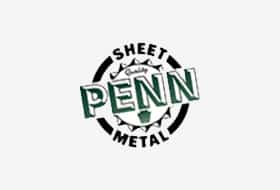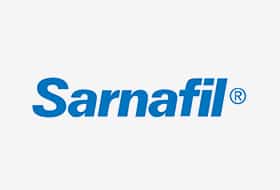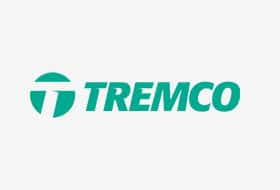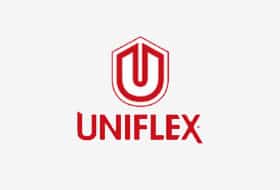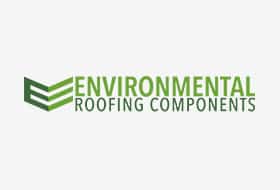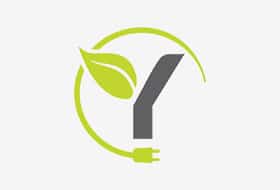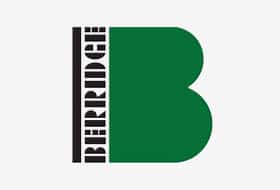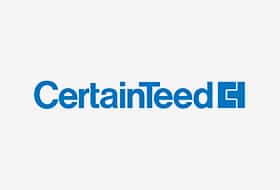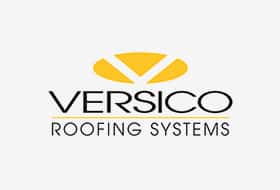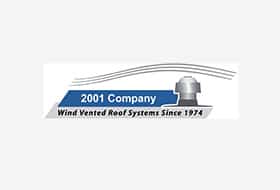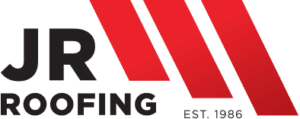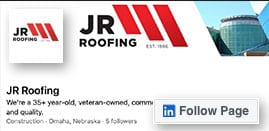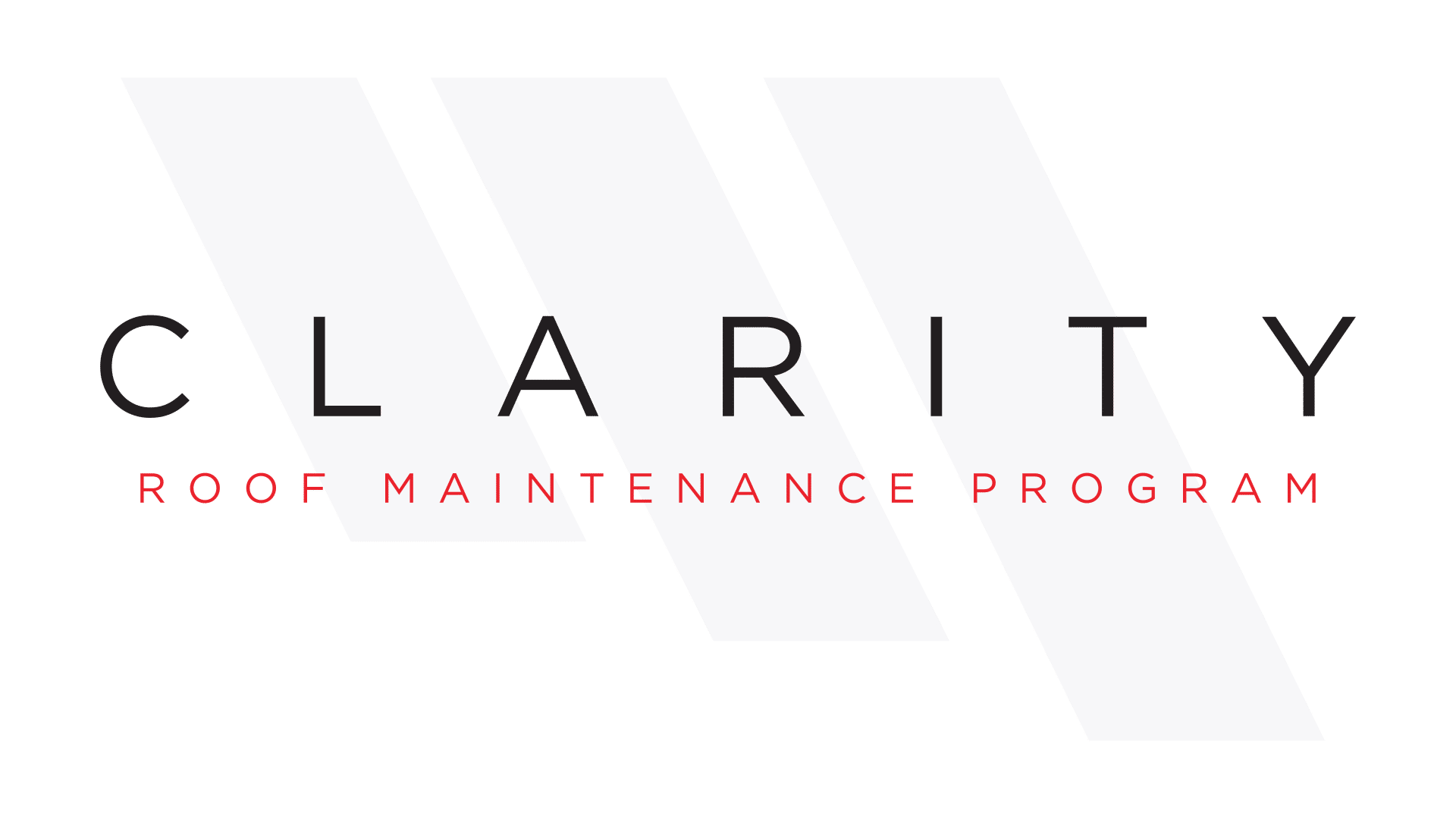
emergency roof leak contact: (531) 444-7749
Emergency Leak Form
Please Complete the Form or Call (531) 444-7749
what is the CLARITY program?
The CLARITY Roof Maintenance Program is the new standard for taking care of your buildings’ largest assets – their roofs. JR Roofing combines proactive maintenance with discounted reactive programs to extend the lifecycle of your roof(s) and give you peace of mind!
DISCOUNTED SERVICE AGREEMENTS
ROOF TOP MAINTENANCE PROGRAMS
DISASTER RESPONSE
Disaster Response
JR Roofing Disaster Response Clients enjoy peace of mind that their buildings are being monitored for potentially damaging weather events, and that if something does happen, they’ll be first in line for inspections and repairs.
- 24/7 Severe Weather Monitoring of Your Property
- 24 Hour Response Time
- Emergency Dry-ins with Shrinkwrap
- Temporary Roof Systems
- Detailed Storm Damage Inspections
- Assistance Communicating with Insurance Adjusters
- Commercial Roof Repairs & Replacements
Service Agreement
JR Roofing Service Accounts represent the true core of our business and have allowed us to earn “partnership” status based upon the very best performance, prioritization, pricing and care.
By agreeing to make JR Roofing your first call for service, we promise to make sure someone is onsite within 24 hours for any roof problem that may arise.
- Pay As You Go
- 24/7 Emergency Service
- Leak Call Priority
- Discounted Service Rates
- Consultative Options/Pricing on Re-Roofs
- Prioritized Scheduling on Projects
- Work Pictures and Descriptions Provided
Roof Top Maintenance
Preventative maintenance is the best thing building owners can do to EXTEND the life cycle of their roof(s).
- Annual Service Fee*
- All Benefits of Disaster Response Program Included
- All Benefits of Service Agreement Program Included
- Cloud-Based Client Portal (Roof Link)
- Thorough, 20 Point Inspections
*Annual service fee based on the size, location, and complexity of the roof system. Any repair services outside of those included in the maintenance program will be approved and charged separately.
Certified to Maintain All Major Roof Systems
TPO
PVC
EPDM
Wind Vented
Standing Seam
Foam & Coatings
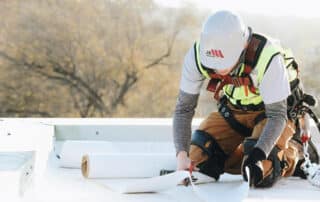
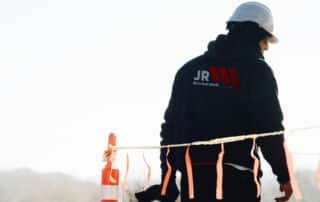
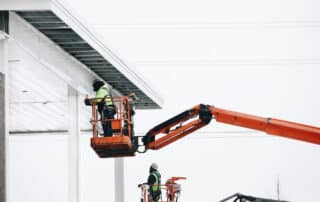
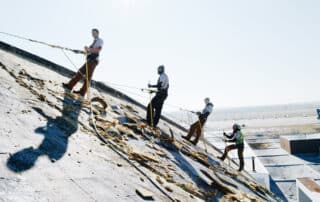
TPO Roofing
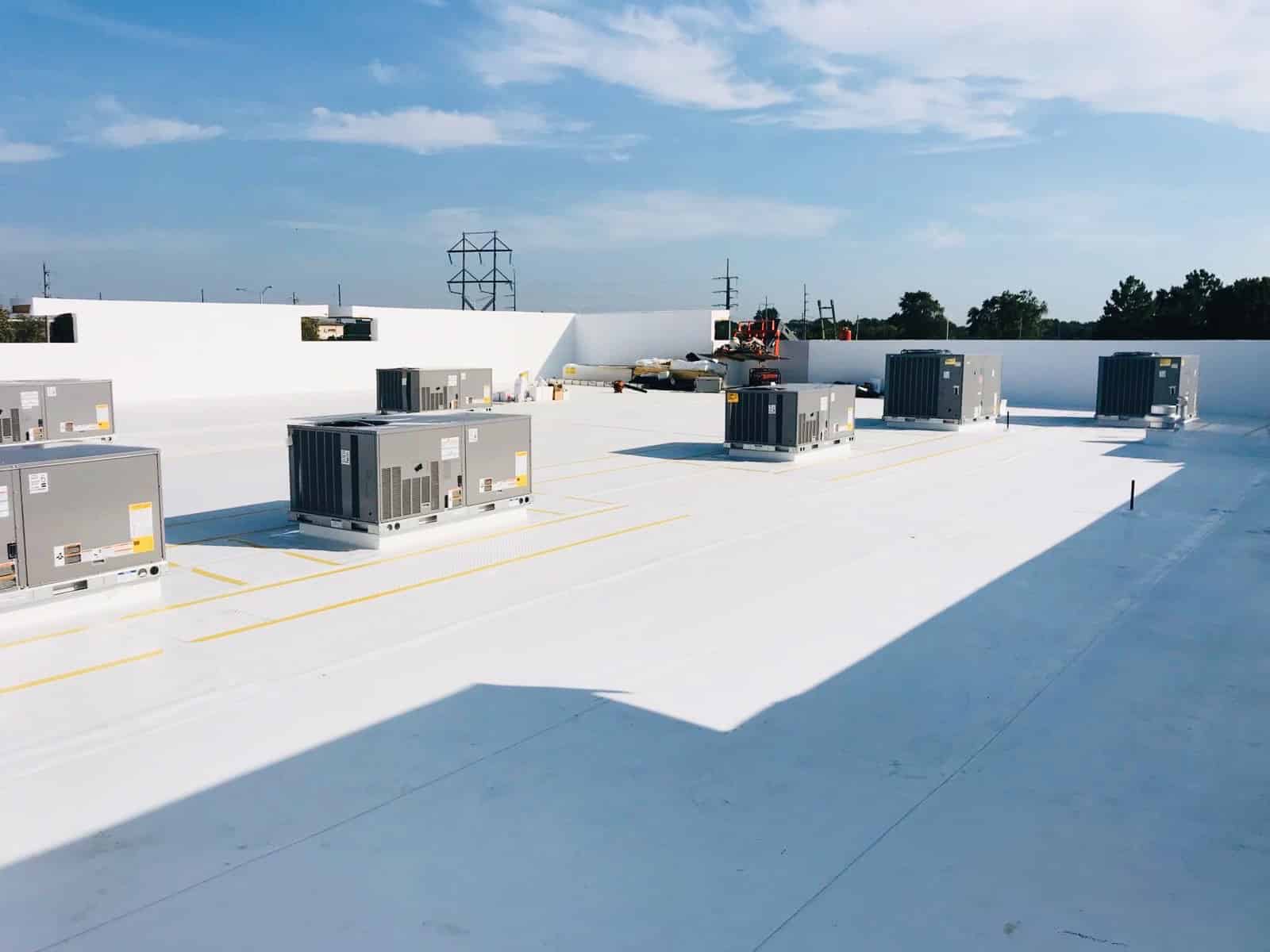
TPO, or Thermoplastic Olefin, roofing is becoming an increasingly popular option for both residential and commercial roofs. It is a type of single-ply roofing membrane that is made from a blend of polypropylene and ethylene-propylene rubber. TPO roofing is known for its durability, energy efficiency, and ease of installation.
One of the key features of TPO roofing is its energy efficiency. TPO roofs are typically white, which helps to reflect sunlight and heat away from the building. This can help to reduce cooling costs in the summer, making TPO roofing a popular choice for businesses and homeowners looking to save money on their energy bills. Additionally, TPO roofing is resistant to UV rays, which can help to extend the life of the roof.
Another feature of TPO roofing is its durability. TPO roofing is resistant to punctures, tears, and impacts, making it an ideal choice for buildings located in areas with heavy foot traffic or potential falling debris. TPO roofing is also resistant to chemicals and oils, which can help to prevent damage from leaks or spills.
TPO roofing is also easy to install. It can be installed in a variety of ways, including fully adhered, mechanically attached, and ballasted. This makes it a versatile option for different types of buildings and roofing systems. Additionally, TPO roofing can be installed quickly and efficiently, which can help to save time and money during the construction process.
Finally, TPO roofing is also environmentally friendly. It is recyclable and can be reused in other applications. Additionally, TPO roofing does not contain any chlorine, making it a safer option for the environment than other roofing materials.
In conclusion, TPO roofing is a durable, energy-efficient, and easy-to-install option for residential and commercial roofs. Its key features make it an ideal choice for buildings located in areas with heavy foot traffic or potential falling debris, and its environmental friendliness makes it a popular option for those looking to reduce their carbon footprint. If you’re considering installing a new roof, TPO roofing is definitely worth considering.
PVC Roofing
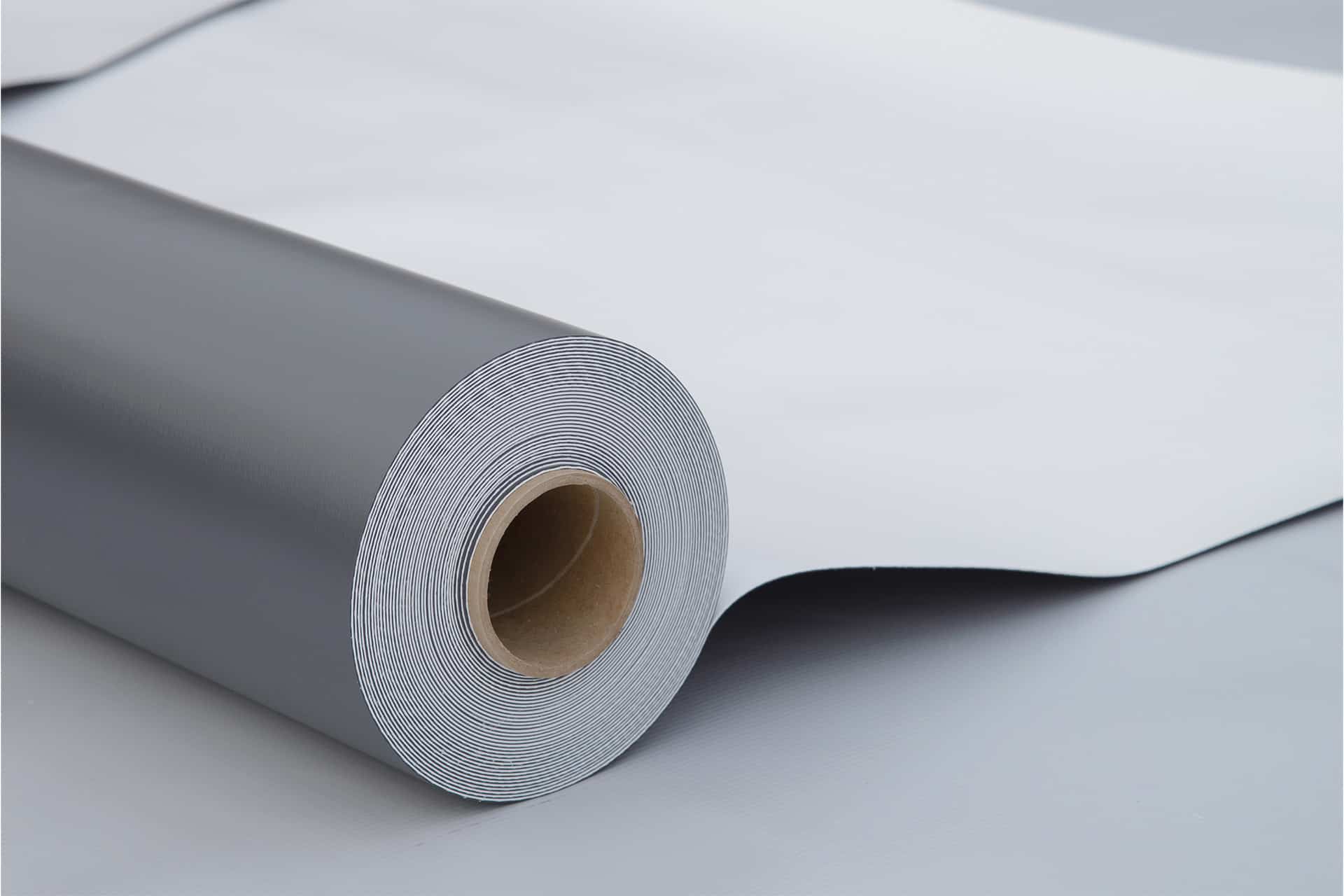
PVC, or Polyvinyl Chloride, roofing is a popular option for both commercial and residential roofs. It is a single-ply roofing membrane that is made from synthetic materials. PVC roofing is known for its durability, energy efficiency, and ease of installation.
One of the key features of PVC roofing is its durability. PVC roofing is resistant to fire, wind, and chemicals. It can withstand harsh weather conditions, such as hail and heavy rain, and is also resistant to UV rays. This means that PVC roofing is less likely to crack, peel, or fade over time, making it a popular choice for those looking for a long-lasting roofing solution.
Another feature of PVC roofing is its energy efficiency. PVC roofing is typically white, which helps to reflect sunlight and heat away from the building. This can help to reduce cooling costs in the summer, making PVC roofing a popular choice for businesses and homeowners looking to save money on their energy bills. Additionally, PVC roofing is highly resistant to moisture and can help to prevent leaks and water damage.
EPDM Roofing
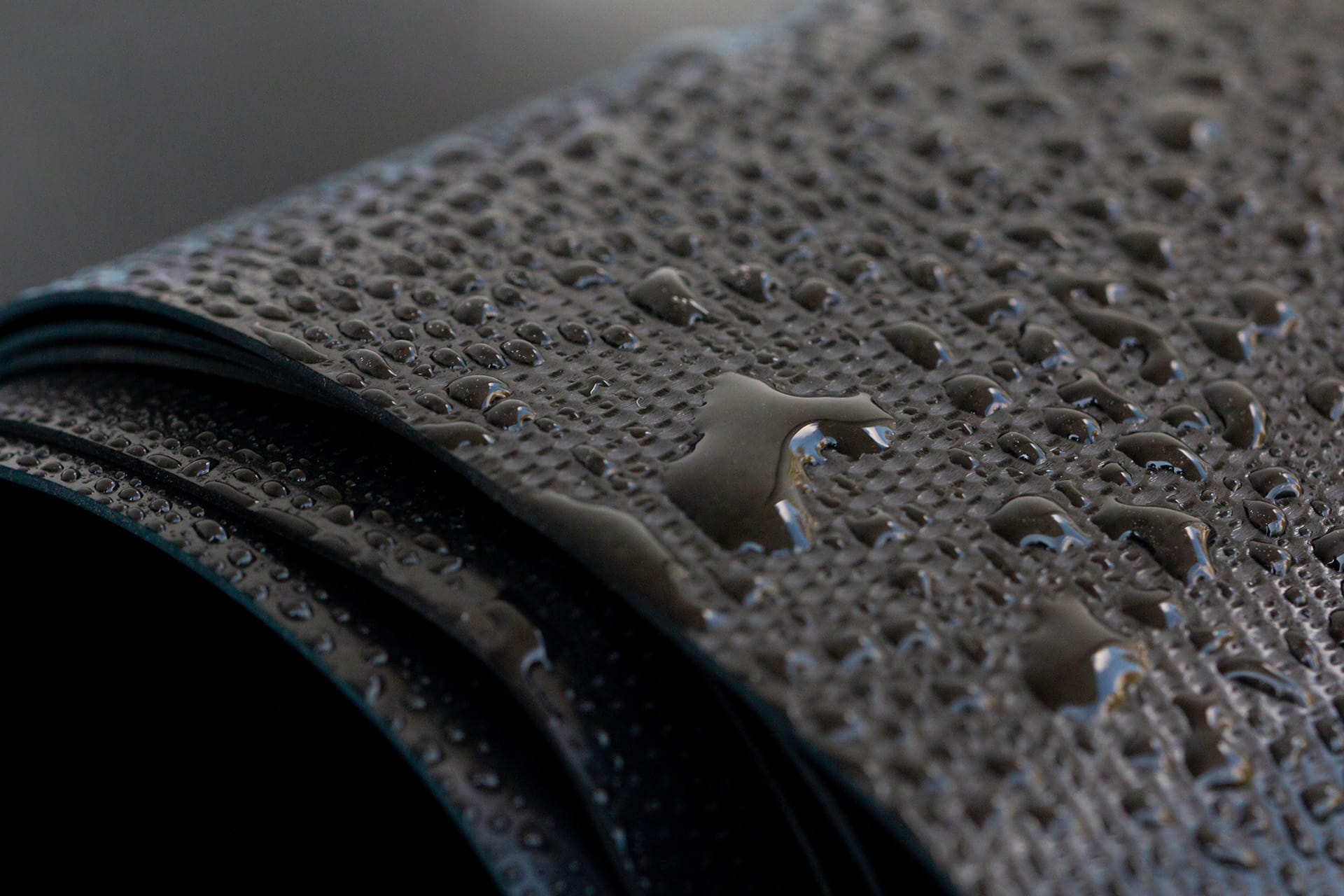
EPDM roofing is a type of synthetic rubber roofing membrane that is widely used in commercial and residential roofing applications. EPDM stands for Ethylene Propylene Diene Monomer, which is the primary material used to manufacture the membrane. It is a popular roofing material because of its durability, flexibility, and ease of installation.
One of the key features of EPDM roofing is its ability to withstand extreme temperatures and weather conditions. It is resistant to hail, high winds, and extreme heat or cold, making it an ideal choice for use in areas with harsh climates. EPDM roofing also has excellent UV resistance, which means it will not deteriorate or fade over time when exposed to sunlight.
Another important feature of EPDM roofing is its long lifespan. With proper maintenance, an EPDM roof can last up to 50 years, making it a cost-effective option for building owners and homeowners. The material is also low-maintenance, as it does not require frequent repairs or replacements.
EPDM roofing is also known for its ease of installation. The material can be easily cut and shaped to fit any roof size or shape, and it can be installed using a variety of methods, including adhesive, ballast, or mechanically fastened systems.
Overall, EPDM roofing is a reliable and durable roofing option that provides excellent protection against weather elements and has a long lifespan, making it a smart investment for any building owner or homeowner.
Wind Vented Roofing
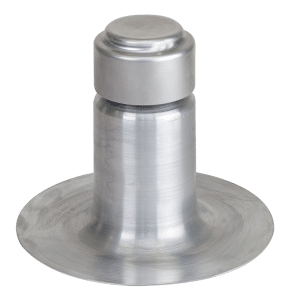
A wind-vented roof is a low-sloping system that use special vents to hold the roof tightly in place among high-wind conditions. The principle behind the solution is the Bernoulli principle – initially a principle of fluid dynamics, the effect is defined as the reduction in the pressure of a fluid when it passes through a constricted section. In the case of roofs, the structures that use special vents become more firmly attached whenever high winds pass through the vents.
According to accomplished commercial roofers, the simple concept comes with many benefits – here are some:
- Help with moisture issues – the special wind vents not only secure the roof in harsh weather, they also pull any potentially harmful excess moisture from underneath the roof membrane, thus helping with water damage prevention. The vents are also efficient in drying the roofs that are already affected by moisture;
- Prolonged roof life – being unaffected by the risk of wind damage as well as of some forms of water damage, wind-vented systems can stay safe and healthy longer than unvented structures;
- Preserved integrity – the installation of wind vents does not require the use of fasteners, which also means that no holes need to be drilled into the roof and the vent installation process will not compromise the integrity of the roof in any way.
Standing Seam Roof Systems
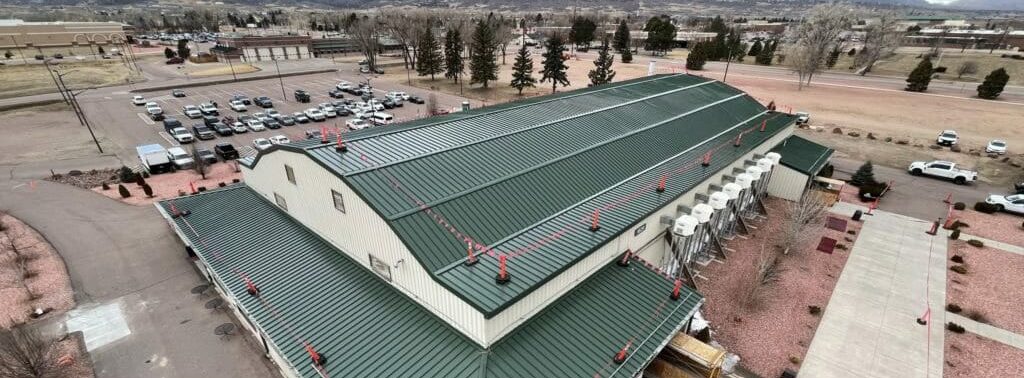
Standing seam roof systems are a popular type of metal roofing that is known for its durability, versatility, and aesthetic appeal. These roofs are made up of interlocking metal panels that are attached to the roof deck, forming a continuous seam that runs vertically along the roof.
One of the key features of standing seam roof systems is their durability. The panels are made of high-quality metals, such as steel or aluminum, that are able to withstand extreme weather conditions, including heavy rain, hail, and strong winds. They are also fire-resistant, making them a safe choice for any building.
Another important feature of standing seam roof systems is their versatility. They can be installed on a wide range of building types, including residential, commercial, and industrial buildings. They are also available in a variety of colors and finishes, which makes them a versatile and attractive option for any building design.
Standing seam roof systems are also easy to maintain. The interlocking panels make it easy to replace any damaged panels without having to replace the entire roof. They are also resistant to corrosion and fading, which means they require minimal upkeep over their lifespan.
Overall, standing seam roof systems are a reliable, versatile, and durable option for any building owner. They provide long-lasting protection against weather elements, while also enhancing the aesthetic appeal of the building.
Foam & Coatings
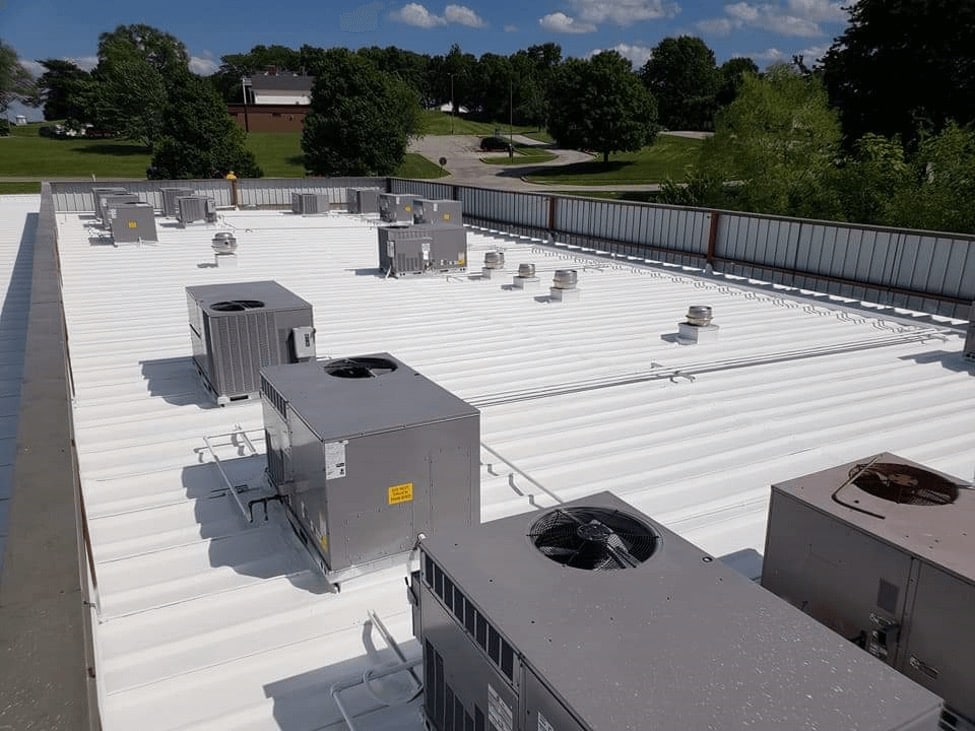
Foam coatings are a type of roofing material that is commonly used during the roofing process to protect and insulate the roof. These coatings are made of polyurethane foam that is sprayed onto the roof surface, where it expands and hardens to form a durable, seamless layer.
One of the key features of foam coatings is their ability to provide superior insulation for the roof. The foam is an excellent insulator, which means it can help to regulate temperature and reduce energy costs. It is also waterproof, which makes it an effective barrier against moisture and water damage.
Another important feature of foam coatings is their versatility. They can be applied to a wide range of roof surfaces, including flat and sloped roofs, and can be customized to fit any shape or size. They can also be used in conjunction with other roofing materials, such as metal or asphalt, to provide additional protection and insulation.
Foam coatings are also easy to install and maintain. The application process is quick and efficient, and the resulting surface is easy to clean and maintain over time. Additionally, foam coatings are highly durable, and can last for decades with proper care and maintenance.
Overall, foam coatings are a reliable and cost-effective option for roofing projects. They provide excellent insulation and protection against weather elements, while also being versatile, easy to install, and low-maintenance.
Certified Manufacturers
